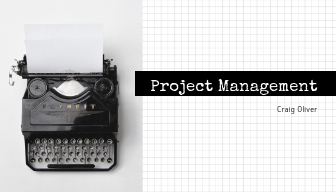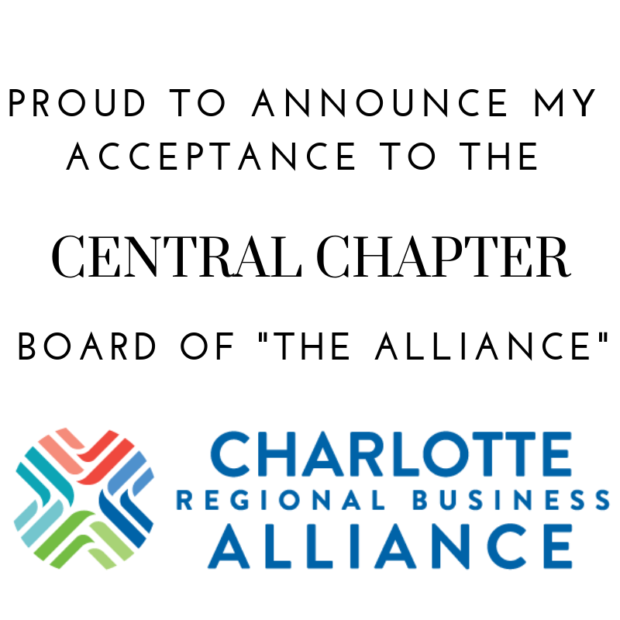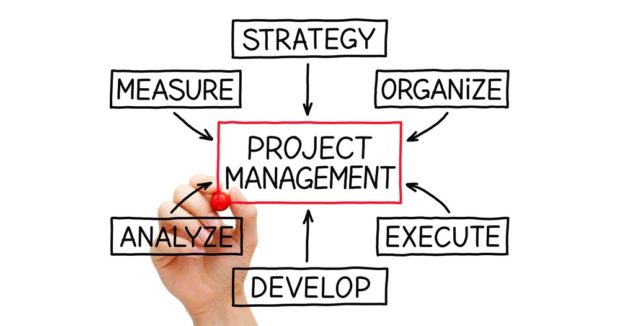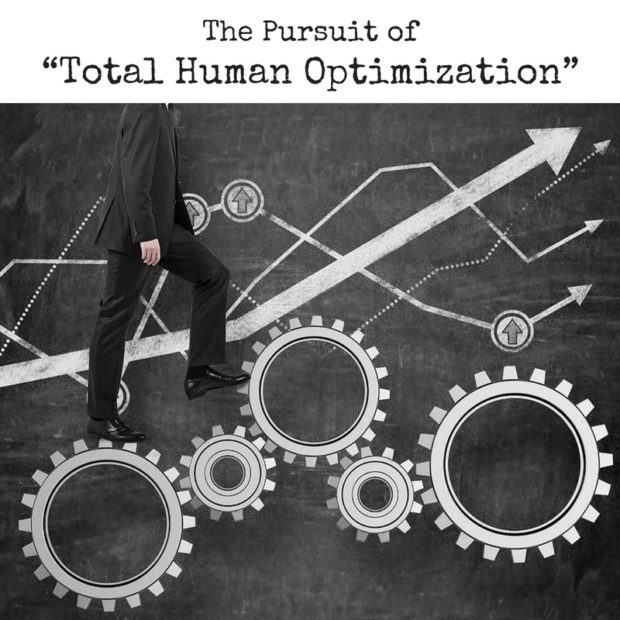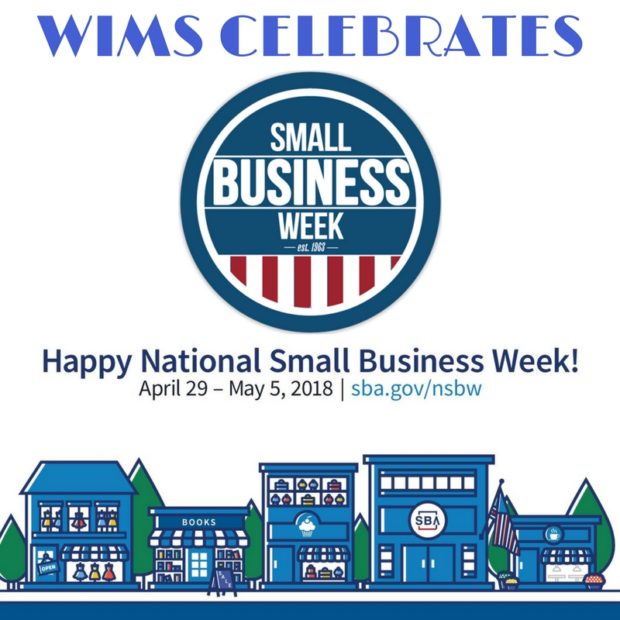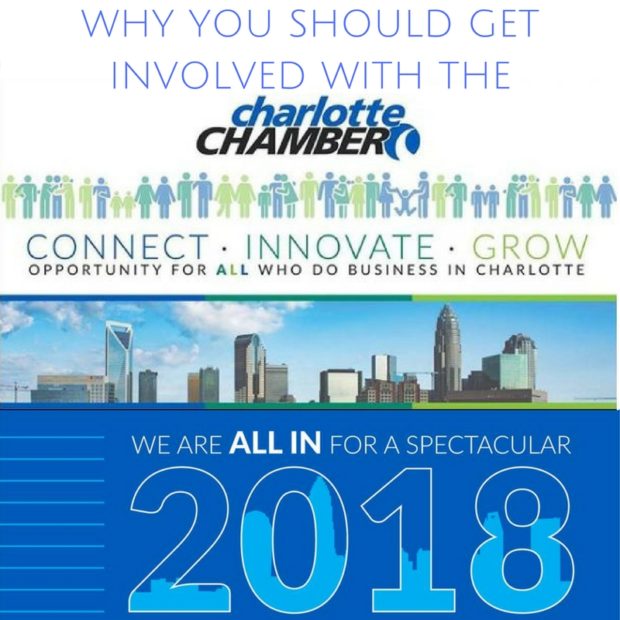You did it. You went dark. You ghosted. Pulled a professional Irish Goodbye. You haven’t spoken or been in touch with the majority of your network for some time. Could be a couple months, or even over a year. I know I’m guilty of it. You change careers/jobs, move to a different part of town or new city, or experience a major life-changing event like a new relationship, marriage, or have your first child. For one reason or another, you lost touch and some people got left behind.
This is completely normal. Things happen, and priorities change. But what do you do when you want to reconnect to some, or all, of your old network? Well realizing you want to reconnect is the first step. We went around asking others who have been in that same predicament, what they did that worked for them. Below we compiled a list of the steps they took to warm up their own networks and get “reintroduced to the wild”.
- Just do it.
Sometimes we over think things, and talk ourselves out of doing something that will ultimately benefit us. Maybe you only reach out to a couple people you still stay in contact with, or you limit the amount of outreach when trying to get back in touch with your network. Ultimately, those who want to stay in touch will respond to your efforts, and those who don’t will ignore the effort. Save yourself the time and worry and reach out to everyone.
- Get Active
Now this can be vague, but its actually really simple. Get active in the same circles as your old contacts. Whether its posting more on social media, attending the same networking groups, or professional organizations. Getting active will put you back in front of those people. We need to stay in front of those we want to keep us top of mind.
- Own up to it (but not too much)
It’s been a while since you’ve spoken. Odds are, you won’t be able to just pick up the conversation where you last left it like nothing happened. A brief acknowledgement of the passing of time will add some context to the rest of the email. However, be careful not to sound overly apologetic. Include any pertinent information, like a change in career, major move, or family addition. Avoid anything that sounds overly apologetic like “I’m so sorry I haven’t been around.” Or “I hope you’ll reconnect with me again.”
- Be Transparent about your motives
This one should be rather straightforward; you want to reconnect. Make sure this is in the message somewhere. Whether you haven’t spoken in a while, you changed careers or positions, or whatever the reason. If you want to remind them of who you are, it would be smart to include your previous position, place of work, or where you were when you first met.
- Don’t sell anything or ask for a favor
Clearly there is a reason you want to reconnect with this group of people, but this isn’t the time to ask. Stephen Covey, author of 7 Habits of Highly Effective People, said it best,
“If I make deposits into an Emotional Bank Account with you through courtesy, kindness, honesty, and keeping my commitments to you, I build up a reserve. Your trust toward me becomes higher, and I can call upon that trust many times if I need to.”
If you haven’t spoken to these individuals in some time, odds are you don’t have the trust built up to ask anything of them. Use this as an opportunity to give something of value.
-Ask them what you can do to help them.
-Congratulate them on a recent accolade.
-Offer some information or research that may be useful to them professionally or personally.
Sharing with them something new you’re working on is ok, but stop short of asking them to buy or become a client. If they’re interested, they’ll ask you for more information. This is the first step of a marathon, building a relationship doesn’t happen in a sprint.
- Write like a human/ Make it personal
You’re trying to reconnect, which means putting yourself first and actually connecting. You may represent a brand or company, but people connect with other people. Greet them by first name “Hi Christy,” or if you don’t have their first name a simple “Hi!” or “Hi there,” will be ok. Keep the tone conversational, as if you were talking to a friend. A rigid tone can be confused for bulk email, and make it seem impersonal. Lastly, avoid any banners, images or special fonts. Plain Text works best, as that’s the default look for most of our personal emails.
- Follow Up!!!
Congratulations! You did it! You put in all the hard work and reached back out to your network. When you get responses to your message, thank them. Gratitude goes a long way to keeping the relationship going.
Now you have to keep it warm. The fortune is in the follow up! Stay consistent with your outreach and keep in front of them using whatever platform works best for you. Keep active in whatever in-person groups make the most impact. If you join a non-profit, make sure its one you have a genuine interest in (we can tell if you’re faking it or using the group for other reasons).
General Do’s and Don’ts
Do
-it. Seriously, just put an email together or even just walk into an event. Do something.
-Be transparent and own up to the lapse.
-Remind them who you are and where you met.
-Give something of value. Real value. Try to benefit them personally or professionally.
-Keep it friendly and personal.
-Be genuine in your efforts. We can all spot a fake.
-Use plain text.
-Follow Up. Stay Consistent. Show Gratitude.
Don’t
-sit on your ass.
-be overly apologetic.
-assume they remember you.
-Sell them something or ask a favor. I cannot over emphasize this enough.
-give them anything cheap. People recognize and appreciate value.
-send a bulk mailer with fluff (fancy borders, fonts, images)
-let another year go by before you reach back out again.
Hope this helps get you back out there!



